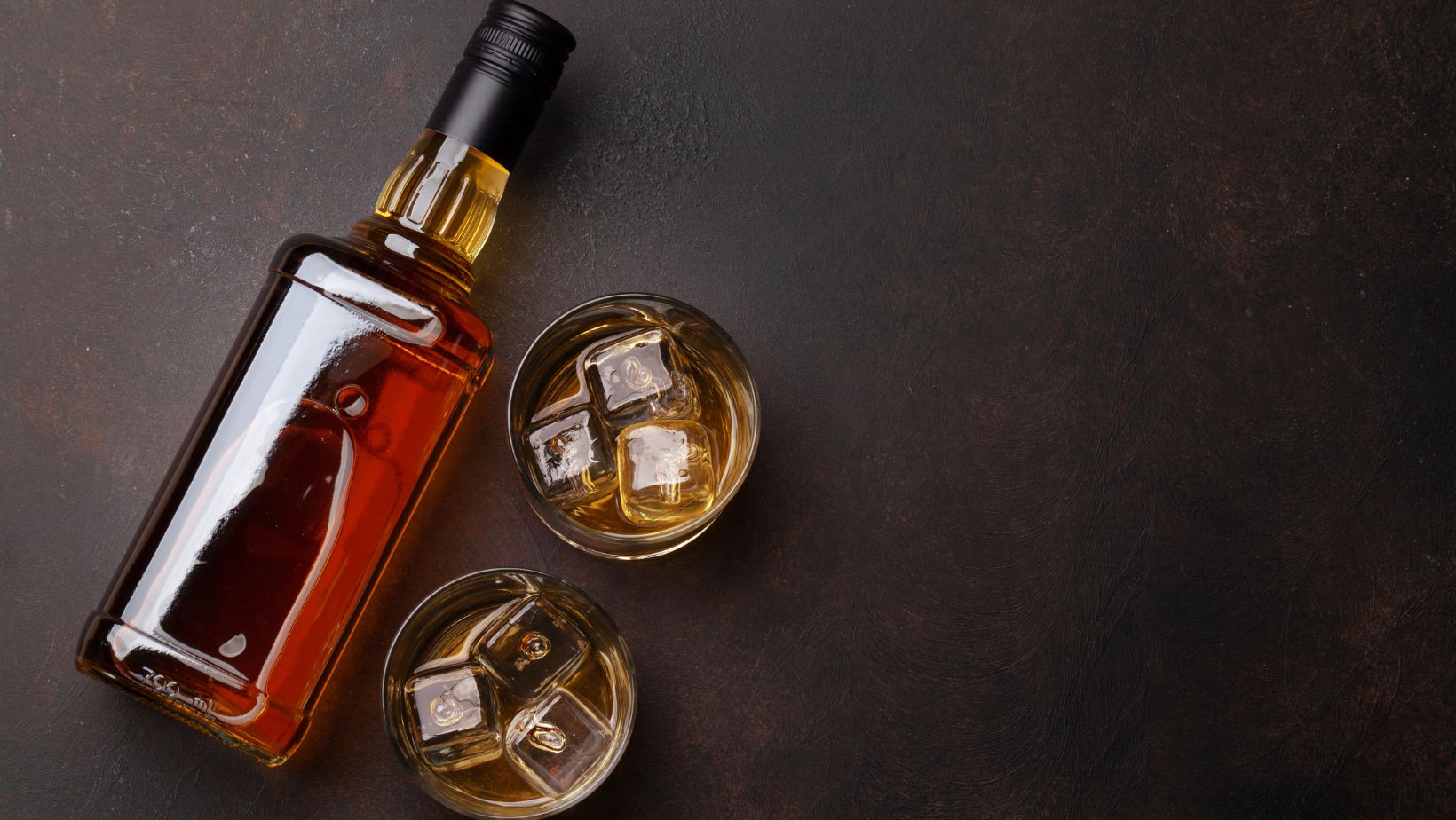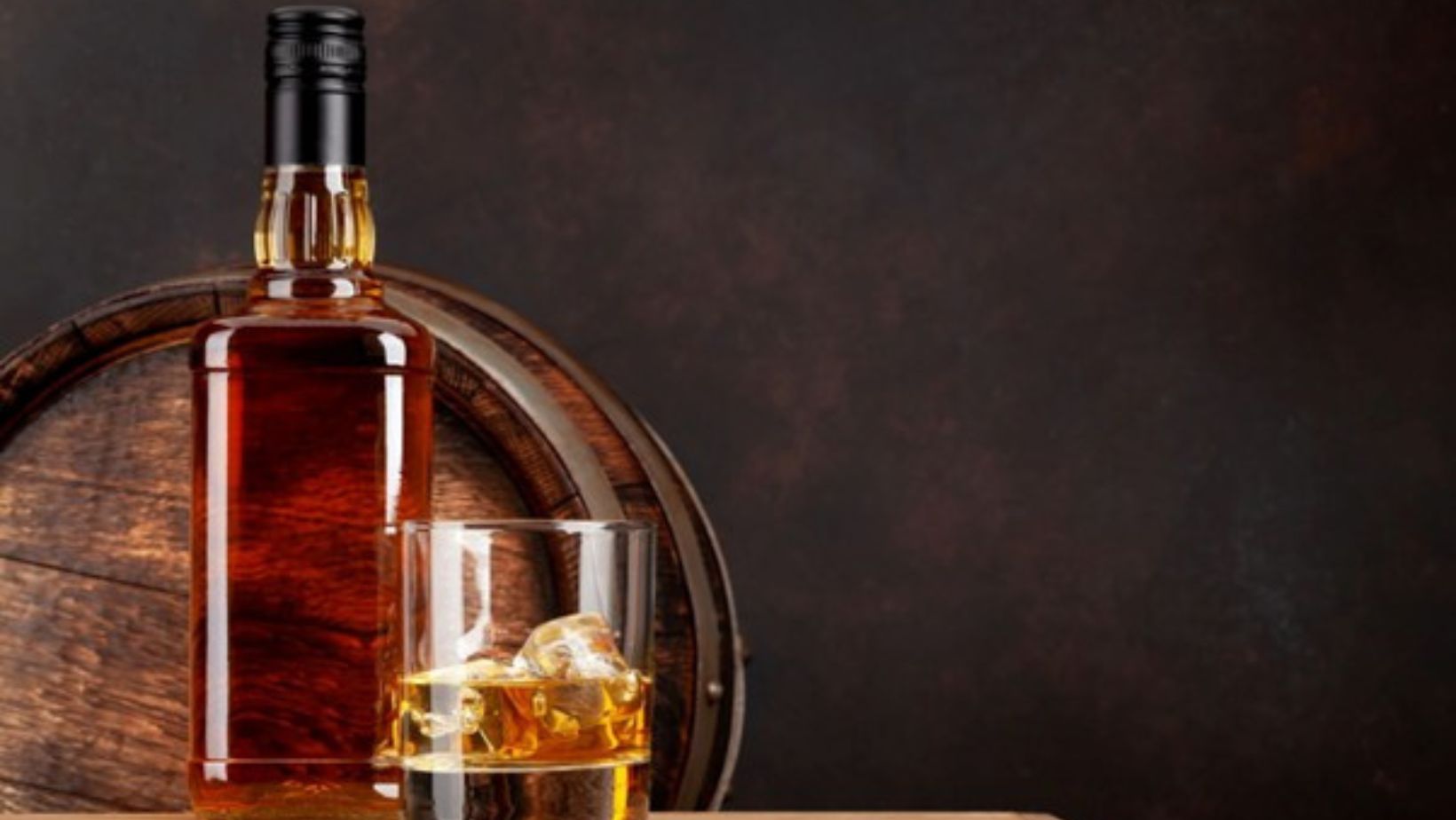Scotch is one of the smoothest liquor options you can find. While you can drink it as a shot, scotch is best enjoyed in a glass with some ice or a splash of water. That said, there’s not just one type of scotch, and we bet you’ve heard of single malt and blended scorches.
So, what’s the difference between single malt and blended scotch? Well, the short answer is that one scotch is a blend of mashes from other scotches, whereas single malt scotch is one single mash. While that’s the short answer, there’s a lot more to it than that, and before we go down that rabbit hole, we have to start with what scotch is.
What Is Scotch Whisky?
Scotch is a type of whisky that is made exclusively in Scotland, hence the difference in spelling between Scotch whisky and American whiskey. For a whisky to be a scotch, not only does it have to be distilled in Scotland, but it also must be matured there in oak casks for at least three years.

When it comes to the ingredients, scotch whisky tends to include yeast, malted barley, cereal grains, and water for the distillation process. It’s also important to note that for a whisky to be a scotch, it has to be bottled with a minimum of 40% ABV. That said, most scotch options tend to be around 43% ABV and some cask-strength options may be closer to 50 or 60 ABV.
What Does Scotch Whisky Taste Like?
Scotch whisky is one of the more complex options that you’ll come across, especially when it comes to whisky. It’s known for having a peaty flavor that’s smoky and a bit fruity. Some common spices you’ll notice in scotch whisky tend to include cinnamon, vanilla, and even hints of oak from the barrels it’s aged in.
While these are common flavors found in scotch, it’s important to note that every type of scotch tastes different, so don’t expect the same exact flavor profile each time.
What’s the Difference Between Single Malt and Blended Scotch?
The difference between single malt scotch and blended scotch comes down to how it’s made. While they’re both native to Scotland and contain malted barley, single malt scotch is made with 100% malted barley that comes from the same distillery. It’s then aged in oak barrels for three years before becoming the single malt scotch that people have come to love.
Blended scotch, on the other hand, differs due to how it’s made. Unlike single malt scotch, blended scotch is made with malted barley, but it also contains other grains.
Blended scotch whisky is also different from single malt scotch because it’s usually made with column stills, and single malt scotch is almost always made with pot stills. Therefore, while single malt scotch and blended scotch may have similar flavor profiles, you’ll find that their creation process is very different.
What’s the Difference Between Single Malt and Blended Scotch’s Flavor?
The difference in flavor depends on the type of single malt scotch and the type of blended scotch. That said, the difference between single malt and blended scotch flavors tends to be that single malts have a bold flavor that’s heavily influenced by one distillery, whereas blended scotch tends to have more nuanced flavors.

In many cases, blended scotch is also a bit smoother, whereas a splash of water or ice can help you open up a single malt.
What’s the Difference in Cost Between Single Malt and Blended Scotch?
Typically, single malt scotch costs more than blended scotch. This is because everything is done by one single distillery, and the process may take longer or be more labor-intensive for that distillery. The flavor is also more sought-after because each distillery has its own exclusive taste.
Blended scotch, on the other hand, is more affordable because it’s less exclusive. That said, don’t let cost influence everything because a good blend can be better than a single malt if you prefer the blend’s flavors. Still, as Flaviar’s experts share, you can find many of the best single malt scotches for around $100, which isn’t bad for a good sipping scotch.
Understanding the Difference Between Single Malt and Blended Scotch
Single malt and blended scotch are similar, but it’s important to understand the key differences before you pick up a bottle. This is because you don’t want to end up with a bottle of scotch that costs more but with a taste you can’t really mesh with. That said, if you’ve never tried single malt or blended scotch, why not give both a shot?

